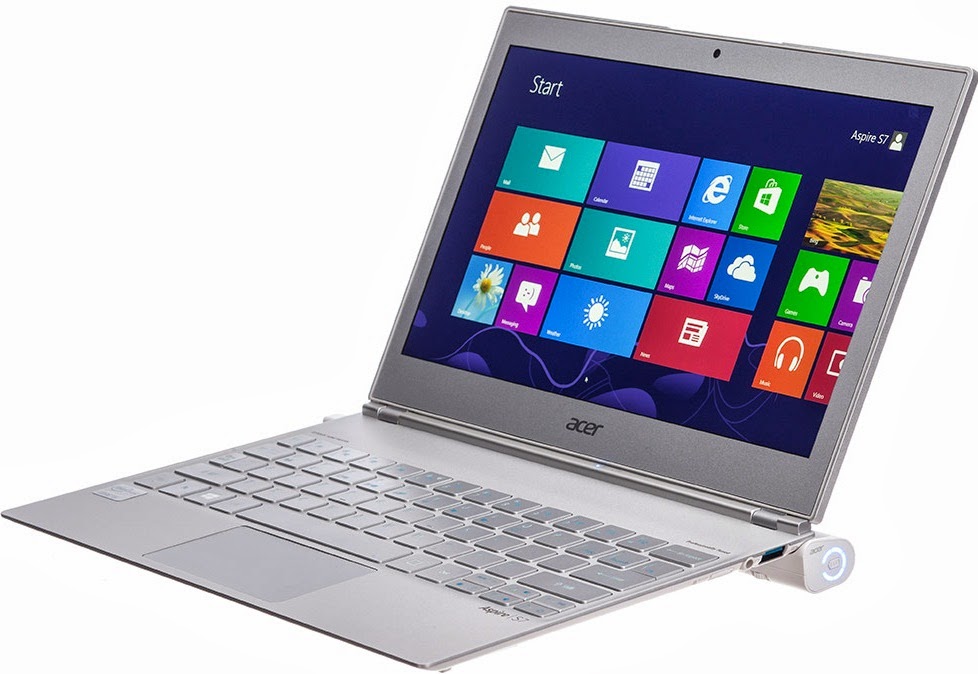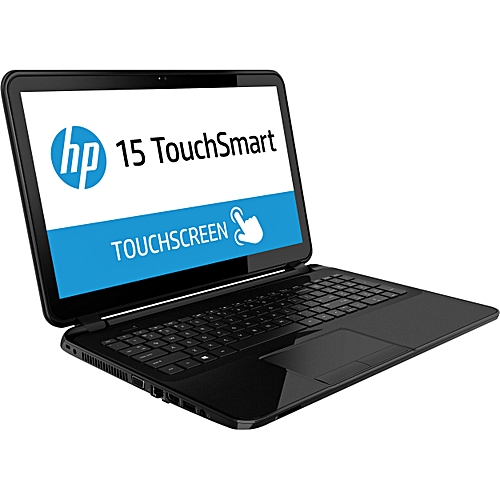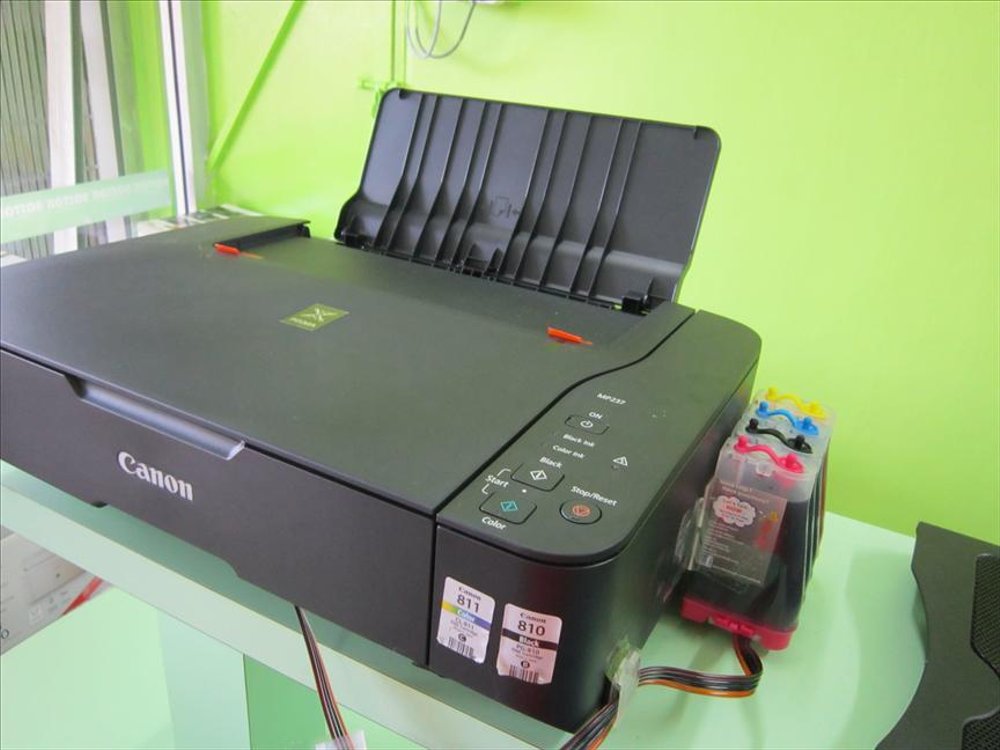- PLC Cable drivers and installation instructions. Download Drivers - Click here to downl oad the drivers for all of our PLC cables. Installation Instructions - NOTE that on most PCs, the above drivers are already installed.; USB to Serial Driver for ALL Cables - This includes the 1747-CP3, 1761-CBL-PM02, 2711-NC13, and our USB to serial adapter; 1747-UIC Installation.
- Download drivers to communicate with NI products or third-party instruments. Search for Drivers. Popular Downloads. NI-DAQmx provides support for customers using NI data acquisition and signal conditioning devices.
Press Release by btarunrDiscuss (7 Comments)
You don’t have to know what kind of board, the speeds and feeds or get the driver USB became the most common plug for consumer electronics in large part because it moved the PC to the center of people’s digital universe. Today, USB co-inventor Ajay Bhatt is working on technologies that will bring new experiences to the PC just as the now.



Intel today announced key milestones in its multiyear journey to deliver a mix of architectures with a unified software experience. The company announced the gold release of Intel oneAPI toolkits coming in December, and new capabilities in its software stack as part of the Intel's combined hardware and software design approach. Intel also debuted its first discrete graphics processing unit (GPU) for the data center, Intel Server GPU, based on the Xe-LP microarchitecture and designed specifically for high-density, low-latency Android cloud gaming and media streaming.
'Today is a key moment in our ambitious oneAPI and XPU journey. With the gold release of our oneAPI toolkits, we have extended the developer experience from familiar CPU programming libraries and tools to include our vector-matrix-spatial architectures. We are also launching our first data center GPU based on Xe-LP microarchitecture focused on the fast-growing cloud gaming and media streaming segments,' said Raja Koduri, Intel senior vice president, chief architect and general manager of Architecture, Graphics and Software.As the world moves into an era of billions of intelligent devices and an exponential growth of data, CPUs alone require a shift in focus to a mix of architectures across CPUs, GPUs, FPGAs and other accelerators. Intel collectively describes this as 'XPU' vision. The launch of the Intel Server GPU is another step to extend Intel's offering in the XPU era.
This era of computing also requires a comprehensive software stack. Developers will be able to access a common, open and standards-based programming model across Intel XPUs with Intel's oneAPI toolkits. They deliver on the performance potential of the underlying hardware and lower software development and maintenance costs while reducing risks associated with deploying accelerated computing relative to proprietary, vendor-specific solutions.
First announced at SuperComputing 2019, the oneAPI industry initiative is a bold vision for a unified and simplified cross-architecture programming model that delivers uncompromised performance without proprietary lock-in while enabling the integration of legacy code. With oneAPI, developers can choose the best architecture for the specific problem they are trying to solve without needing to rewrite software for the next architecture and platform.
Intel oneAPI toolkits take full advantage of cutting-edge hardware capabilities and instructions such as Intel AVX-512 and Intel DL Boost on CPUs, along with features unique to XPUs. Built on long-standing and proven Intel developer tools, Intel oneAPI toolkits deliver familiar languages and standards while providing full continuity with existing code.
Today Intel announced that the gold release of Intel oneAPI toolkits will be shipping in December, available for free, locally and in the Intel DevCloud, along with commercial versions that include worldwide support from Intel technical consulting engineers. Intel will immediately transition Intel Parallel Studio XE and Intel System Studio tool suites to its oneAPI products.
In addition, the Intel DevCloud, where developers can test code and workloads on a variety of Intel architectures, is expanding to include new Intel Iris Xe graphics hardware. Intel Iris Xe MAX graphics is now available for public access; and Intel Xe-HP is available to select developers.
oneAPI has received industry support, including recent endorsements from Microsoft Azure and TensorFlow; leading research organizations, companies and universities also endorse oneAPI.
In addition, the University of Illinois Beckman Institute for Advanced Science and Technology today announced the establishment of a new oneAPI center of excellence (CoE). It is using the oneAPI programming model to extend the life sciences application nanoscale molecular dynamics (NAMD) to additional computing environments. NAMD, which simulate large biomolecular systems, is helping to tackle real-world challenges such as COVID-19. This CoE joins others at the University of Stockholm (SeRC) who are focusing on GROMACS, and Heidelberg University's (URZ), where they're focusing on delivering oneAPI support to GPUs from other vendors.
With its first discrete GPU for the data center, Intel is further expanding its rich suite of platform innovations for enhanced cloud gaming and media experiences. The combination of Intel Xeon Scalable processors, open-sourced and licensed software ingredients and the new Intel Server GPU offers a high-density, low-latency solution at lower total cost of ownership (TCO) for Android cloud gaming and high-density media transcode and encode for real-time over-the-top video streaming1.
The Intel Server GPU is based on Xe-LP microarchitecture, Intel's most energy-efficient graphics architecture, offering a low-power, discrete system-on-chip design, with a 128-bit pipeline and 8GB of dedicated onboard low-power DDR4 memory.
By using Intel Server GPUs alongside Intel Xeon Scalable processors, service providers can scale graphics capacity separately from the server count, supporting larger numbers of streams and subscribers per system, while still achieving low TCO. Packaging together four Intel Server GPUs in H3C's three-quarter-length, full-height x16 PCIe Gen 3.0 add-in card can support more than 100 simultaneous Android cloud gaming users in a typical two-card system and up to 160 simultaneous users, depending on the specific game title and server configuration.2 Developers can leverage the common API in today's Media SDK, which will be incorporated into the oneAPI Video Processing Library next year. Intel is working with various software and services partners, including Gamestream, Tencent Games and Ubitus, to bring the Intel Server GPU to market.
'Intel is an important collaborator on our Android Cloud Gaming solution. Intel Xeon Scalable processors and Intel Server GPUs offer a high-density, low-latency, low-power, low-TCO solution. We are able to generate over 100 game instances per two-card server for our most popular games, King of Glory and Arena of Valor,' said Allen Fang, vice general manager of Tencent XianYou Cloud Gaming Platform.
The Xe-LP-based Intel Server GPU is now shipping. Along with the recently introduced Intel Iris Xe MAX graphics, the GPU will improve the visual computing experience for users around the world as Intel ramps its Xe architecture products and software initiatives.
One of Intel's core strategies for success in scaling GPUs from entry-level graphics to high performance computing (HPC) is the implementation of one code base. Toward this vision, Intel's software stack now supports multiple generations of graphics, including recently launched 11th Gen Intel Core processors with integrated Intel Iris Xe graphics and Intel Iris Xe MAX discrete graphics. Expanding the code base to support data center products where Linux is more prevalent is a key next step in its scalable Xe architecture strategy. Intel optimized the Linux driver to focus on code reuse between operating systems, it has increased focus on Linux 3D performance and it now delivers three fully validated and integrated distribution-ready stacks.
Revealed today, Intel created Project Flipfast to improve the Linux gaming experience. The Flipfast stack allows end users to run a graphical application in a virtual machine (VM) while retaining native GPU performance and full host integration with zero-copy sharing between the VM and host. The Flipfast stack drives increases in gaming performance, and the technology directly applies to data center game streaming applications.
Intel today announced that the Intel Implicit SPMD Program Compiler (ISPC) will run on top of oneAPI Level Zero, which provides low-level, direct-to-metal interfaces tailored to devices in the oneAPI platform and is the overall hardware abstraction layer. ISPC, powered by oneAPI, is a variant of the C programming language, which enables single program, multiple data programming and is used to accelerate Intel OSPRay raytracing engine on Intel CPUs. Intel is adding Xe support to ISPC to seamlessly accelerate Intel oneAPI Rendering Toolkit components such as OSPRay.
At the virtual oneAPI Developer Summit on Nov. 12-13, innovators, researchers and developers are showcasing 40 collaborations and projects using oneAPI. Topics range from computational drug repurposing testing for COVID-19 to predicting crop yields. At SuperComputing 2020 starting this week, Intel, along with industry leaders and research organizations, are highlighting using oneAPI and oneAPI tools through a keynote, tech sessions, fireside chats, demos and other activities. Complete information about Intel's presence at SuperComputing 2020 is available on Intel.com.
Intel oneAPI and graphics software stack updates and the debut of the Intel Server GPU mark monumental steps in Intel's journey toward XPU architectures. These developments set the foundation to deliver more meaningful experiences through Intel's six pillars of technology innovation and heterogenous architectures that will be enabled through an open standard-based unified scalable software abstraction layer in oneAPI.
'Today is a key moment in our ambitious oneAPI and XPU journey. With the gold release of our oneAPI toolkits, we have extended the developer experience from familiar CPU programming libraries and tools to include our vector-matrix-spatial architectures. We are also launching our first data center GPU based on Xe-LP microarchitecture focused on the fast-growing cloud gaming and media streaming segments,' said Raja Koduri, Intel senior vice president, chief architect and general manager of Architecture, Graphics and Software.As the world moves into an era of billions of intelligent devices and an exponential growth of data, CPUs alone require a shift in focus to a mix of architectures across CPUs, GPUs, FPGAs and other accelerators. Intel collectively describes this as 'XPU' vision. The launch of the Intel Server GPU is another step to extend Intel's offering in the XPU era.
This era of computing also requires a comprehensive software stack. Developers will be able to access a common, open and standards-based programming model across Intel XPUs with Intel's oneAPI toolkits. They deliver on the performance potential of the underlying hardware and lower software development and maintenance costs while reducing risks associated with deploying accelerated computing relative to proprietary, vendor-specific solutions.
First announced at SuperComputing 2019, the oneAPI industry initiative is a bold vision for a unified and simplified cross-architecture programming model that delivers uncompromised performance without proprietary lock-in while enabling the integration of legacy code. With oneAPI, developers can choose the best architecture for the specific problem they are trying to solve without needing to rewrite software for the next architecture and platform.
Intel oneAPI toolkits take full advantage of cutting-edge hardware capabilities and instructions such as Intel AVX-512 and Intel DL Boost on CPUs, along with features unique to XPUs. Built on long-standing and proven Intel developer tools, Intel oneAPI toolkits deliver familiar languages and standards while providing full continuity with existing code.
Today Intel announced that the gold release of Intel oneAPI toolkits will be shipping in December, available for free, locally and in the Intel DevCloud, along with commercial versions that include worldwide support from Intel technical consulting engineers. Intel will immediately transition Intel Parallel Studio XE and Intel System Studio tool suites to its oneAPI products.
In addition, the Intel DevCloud, where developers can test code and workloads on a variety of Intel architectures, is expanding to include new Intel Iris Xe graphics hardware. Intel Iris Xe MAX graphics is now available for public access; and Intel Xe-HP is available to select developers.
oneAPI has received industry support, including recent endorsements from Microsoft Azure and TensorFlow; leading research organizations, companies and universities also endorse oneAPI.
In addition, the University of Illinois Beckman Institute for Advanced Science and Technology today announced the establishment of a new oneAPI center of excellence (CoE). It is using the oneAPI programming model to extend the life sciences application nanoscale molecular dynamics (NAMD) to additional computing environments. NAMD, which simulate large biomolecular systems, is helping to tackle real-world challenges such as COVID-19. This CoE joins others at the University of Stockholm (SeRC) who are focusing on GROMACS, and Heidelberg University's (URZ), where they're focusing on delivering oneAPI support to GPUs from other vendors.
With its first discrete GPU for the data center, Intel is further expanding its rich suite of platform innovations for enhanced cloud gaming and media experiences. The combination of Intel Xeon Scalable processors, open-sourced and licensed software ingredients and the new Intel Server GPU offers a high-density, low-latency solution at lower total cost of ownership (TCO) for Android cloud gaming and high-density media transcode and encode for real-time over-the-top video streaming1.
The Intel Server GPU is based on Xe-LP microarchitecture, Intel's most energy-efficient graphics architecture, offering a low-power, discrete system-on-chip design, with a 128-bit pipeline and 8GB of dedicated onboard low-power DDR4 memory.
By using Intel Server GPUs alongside Intel Xeon Scalable processors, service providers can scale graphics capacity separately from the server count, supporting larger numbers of streams and subscribers per system, while still achieving low TCO. Packaging together four Intel Server GPUs in H3C's three-quarter-length, full-height x16 PCIe Gen 3.0 add-in card can support more than 100 simultaneous Android cloud gaming users in a typical two-card system and up to 160 simultaneous users, depending on the specific game title and server configuration.2 Developers can leverage the common API in today's Media SDK, which will be incorporated into the oneAPI Video Processing Library next year. Intel is working with various software and services partners, including Gamestream, Tencent Games and Ubitus, to bring the Intel Server GPU to market.
'Intel is an important collaborator on our Android Cloud Gaming solution. Intel Xeon Scalable processors and Intel Server GPUs offer a high-density, low-latency, low-power, low-TCO solution. We are able to generate over 100 game instances per two-card server for our most popular games, King of Glory and Arena of Valor,' said Allen Fang, vice general manager of Tencent XianYou Cloud Gaming Platform.
The Xe-LP-based Intel Server GPU is now shipping. Along with the recently introduced Intel Iris Xe MAX graphics, the GPU will improve the visual computing experience for users around the world as Intel ramps its Xe architecture products and software initiatives.
One of Intel's core strategies for success in scaling GPUs from entry-level graphics to high performance computing (HPC) is the implementation of one code base. Toward this vision, Intel's software stack now supports multiple generations of graphics, including recently launched 11th Gen Intel Core processors with integrated Intel Iris Xe graphics and Intel Iris Xe MAX discrete graphics. Expanding the code base to support data center products where Linux is more prevalent is a key next step in its scalable Xe architecture strategy. Intel optimized the Linux driver to focus on code reuse between operating systems, it has increased focus on Linux 3D performance and it now delivers three fully validated and integrated distribution-ready stacks.
Revealed today, Intel created Project Flipfast to improve the Linux gaming experience. The Flipfast stack allows end users to run a graphical application in a virtual machine (VM) while retaining native GPU performance and full host integration with zero-copy sharing between the VM and host. The Flipfast stack drives increases in gaming performance, and the technology directly applies to data center game streaming applications.
Intel today announced that the Intel Implicit SPMD Program Compiler (ISPC) will run on top of oneAPI Level Zero, which provides low-level, direct-to-metal interfaces tailored to devices in the oneAPI platform and is the overall hardware abstraction layer. ISPC, powered by oneAPI, is a variant of the C programming language, which enables single program, multiple data programming and is used to accelerate Intel OSPRay raytracing engine on Intel CPUs. Intel is adding Xe support to ISPC to seamlessly accelerate Intel oneAPI Rendering Toolkit components such as OSPRay.
At the virtual oneAPI Developer Summit on Nov. 12-13, innovators, researchers and developers are showcasing 40 collaborations and projects using oneAPI. Topics range from computational drug repurposing testing for COVID-19 to predicting crop yields. At SuperComputing 2020 starting this week, Intel, along with industry leaders and research organizations, are highlighting using oneAPI and oneAPI tools through a keynote, tech sessions, fireside chats, demos and other activities. Complete information about Intel's presence at SuperComputing 2020 is available on Intel.com.
Intel oneAPI and graphics software stack updates and the debut of the Intel Server GPU mark monumental steps in Intel's journey toward XPU architectures. These developments set the foundation to deliver more meaningful experiences through Intel's six pillars of technology innovation and heterogenous architectures that will be enabled through an open standard-based unified scalable software abstraction layer in oneAPI.
Related News
- Jan 1st 2021Intel Core i9-11900K CPU-Z Benchmark Score Leaks (183)
- Sep 23rd 2020Intel 14 nm Node Compared to TSMC's 7 nm Node Using Scanning Electron Microscope (49)
- Dec 11th 2020Alleged Intel Sapphire Rapids Xeon Processor Image Leaks, Dual-Die Madness Showcased (83)
- Apr 30th 2020Intel 10th Generation Comet Lake Desktop Processors and 400-Series Chipsets Announced, Here's what's New (203)
- Jan 28th 2021Intel Partners with ASUS To Launch Iris Xe Desktop Graphics Cards to OEMs (34)
- Feb 1st 2021Intel Xe DG1 SDV PCB Pictured, Looks Desolate (34)
- Dec 28th 2020Intel Core i7-11700K 'Rocket Lake' CPU Outperforms AMD Ryzen 9 5950X in Single-Core Tests (114)
- Jan 25th 2021Intel 'Alder Lake-S' Due for September 2021 (68)
- Jan 19th 202116-Core Intel Alder Lake-S Processor Appears with DDR5 Memory (29)
- Sep 3rd 2020Intel 11th Gen Core 'Tiger Lake' & Xe Graphics Launch Event: Live Blog (69)
Uibititus Driver Test
7 Commentson Intel Executing toward XPU Vision with oneAPI and Intel Server GPU
Uibititus Driver Jobs
#1